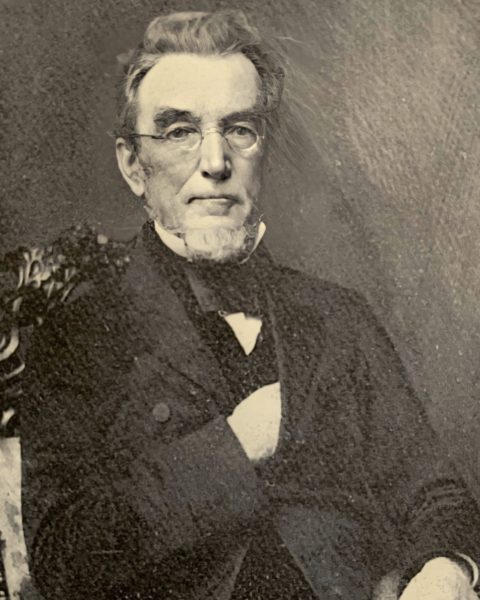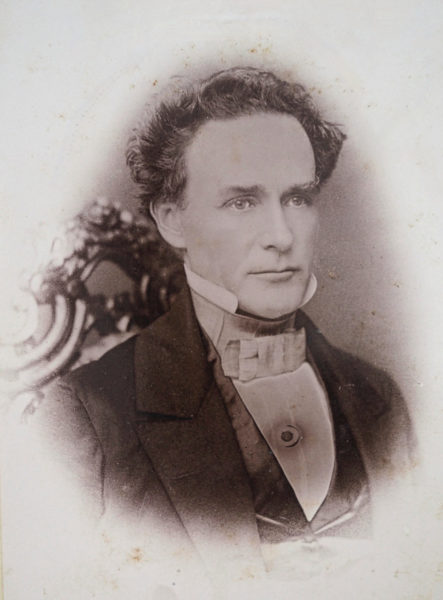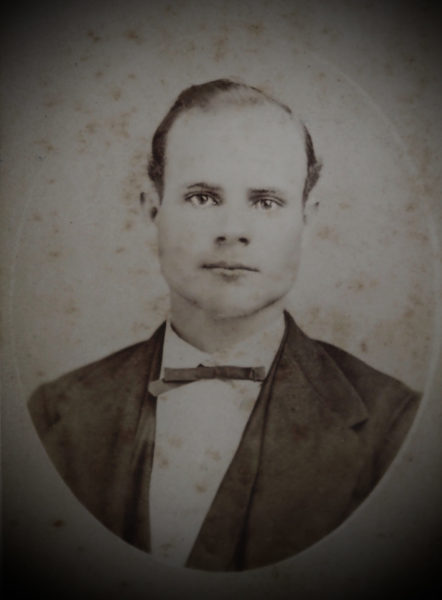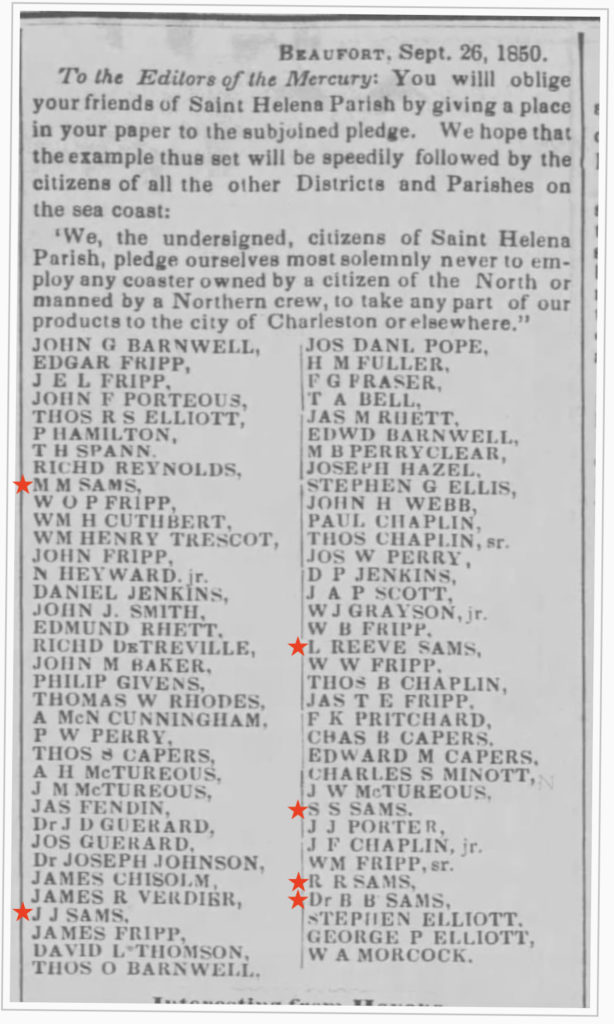Absorbed in the Shadows of History
It was 237 years ago that William Sams and his wife Elizabeth Hext bought Datha Island and started the journey that led to Alcoa South Carolina Inc. and the residential community we know as Dataw Island. I’ve really enjoyed writing the 52 Sams in 52 Weeks series this year. It has been a labor of exploration and discovery from the Dataw Historic Foundation for the island residents and Sams descendants. Now it’s time for a break. Rather than continue the weekly rhythm, I plan to cut back to ‘whenever.’ History comes from memories, from experience, from events both personal and public. I will be following the truth of these, and I will write again as the stories inspire me. [1]
From my experience this year and your feedback, it is clear that
History matters to people on this island.
A heartfelt thank you to:
Laura, my wife, for her patience and always prescient editorial comments. Even if I only gave her the draft hours before it was “due.” She helped me write like I should, instead of how I talk – which has too many transitions.
Joe Roney, John Colgan, Marilyn Peck, and Jack Brown for inspiration and their advice on the Sams and Dataw Island history.
The Sams descendants who continue to gift us with their photos, stories, and encouragement: Miss Ting (i.e., Therese Canter Sams Colquhoun), Teresa Winters Bridges, Tom Sams, and Monroe “Buddy” Sams. Also, family historians like Phil Cromer, husband of Amélie Sams Aimar.
Jane Griffith, a long-time DHF member, and an extraordinary researcher. Her extensive report about slavery on Datha Island is one of the most popular articles of this 2020 series.
The many Dataw Island residents who sent me emails of encouragement or thanked me in person when we crossed paths around the island.
Larry Rowland for his invaluable trilogy on Beaufort District / County. I was thrilled to have him comment on several of my articles.
Reflections
I said earlier, history matters to people on this island. I know that since so many of you read the articles. Our website analytics show over 19,200 pageviews this year! [2] The vast majority of pages or posts you looked at on our site were the articles in this “52 Sams in 52 Weeks” series.
I don’t know who in particular read the articles unless you wrote to me about it – as many of you did. I enjoyed getting encouraging emails every Tuesday. I am so glad I could bring images to each story, some never before published. The birthday party picture of all the children taken about 1895 (Week 33) still brings a smile to my heart.
What did I learn from producing this series? I learned that it takes me about 15 hours to research, write, and publish an article each week. In total, it took me about 800 hours this year to produce 52 articles containing 75,000 words and 200 images. I also learned how much I enjoyed reading history books when I had a purpose in mind.
I now view Larry Rowland’s three-volume history on Beaufort County – all 1,714 pages of it – as a treasure. To read it for a reason was a delight.
The most satisfying article was Week 24’s regarding the green taffeta silk dress. That article focused on the story of how we became its caretakers. However, it quickly was supplemented by a hands-on inspection and preservation tasks. Along the way, we made some unique discoveries, thanks to Ginny Apicella and her friend Kim Poovey. It is still the most popular article I’ve written to date. Second in popularity was the extensive report Jane Griffith wrote about Slavery on Datha Island.
Plans for 2021
My first goal for 2021 is to compile all 52 articles into a single document in PDF format. Watch for an email announcing when this will be available to download from our DHF website.
My second goal is to finish importing all 52 articles into Obsidian. This cutting edge application will allow me to analyze this body of work as one large network of people, places, dates, and events. I hope this will give me new insights into the Sams and lead to new stories for me to pass along.
My third goal is to write once in a while when a story inspires me. These may be triggered by photos I come across or interesting leads I hear about.
For now, at the end of 2020, “52 Sams in 52 Weeks” and I will take a much-needed break.
However, I don’t want this Week 52 article to end without sharing some history with you. Here are a few more pictures with short stories. Some images have never been published, until now.
Father, Son, and Grandson
Below are three generations of “Lewis Reeve Sams.”
- The first is the father and planter who owned Datha Point and other plantations in the area. He died in 1856 at age 72.
- The second image is of his son Dr. Lewis Reeve Sams, MD. He also owned several plantations, including Oakland on Polowana Island. He died in 1888 at age 77.
- The third image is of the grandson. The image of this Lewis Reeve Sams at age 22 has not been published before, though you can see him at a younger age in my Week 5 article. This Lewis Reeve Sams was a ranchman. He is part of the Sams clan who moved from SC to TX in 1866, and his obituary mentions he was an Oklahoma Pioneer. He was a long time resident of Motley County, TX (about 200 miles WNW of Dallas) before spending most of his later years in Tillman County, OK. He died at his daughter’s home in TN in 1949 and was buried in Tipton, OK. This Lewis Reeve Sams was 98 years old.



Public Pledge – 1850
This pledge is interesting. The red stars denote six Sams planters who took the pledge. This represents strong evidence about where their allegiances lay as war was approaching. Though at this point (i.e. ten years away) many thought armed conflict could still be avoided.
There are some mysteries here. I don’t know who SS Sams is. And there are Beaufort Sams who I believe were planters but are not listed here.

Sources
[1] My variation on a phrase attributed to British Poet Laureate Carol Ann Duffy, The Writers Almanac, December 23rd, 2020
[2] A pageview (or pageview hit, page tracking hit) is an instance of a page being loaded (or reloaded) in a browser. Pageviews is a metric defined as the total number of pages viewed. Google Analytics.
Riski’s comment – not a great description. However, pageviews are the most common metric used world-wide to measure the size of an audience who has read any particular page or post on a website.
#52 Sams Week 52 – Reflections
[print_posts post="" pdf="yes" print="yes" word="yes"]


